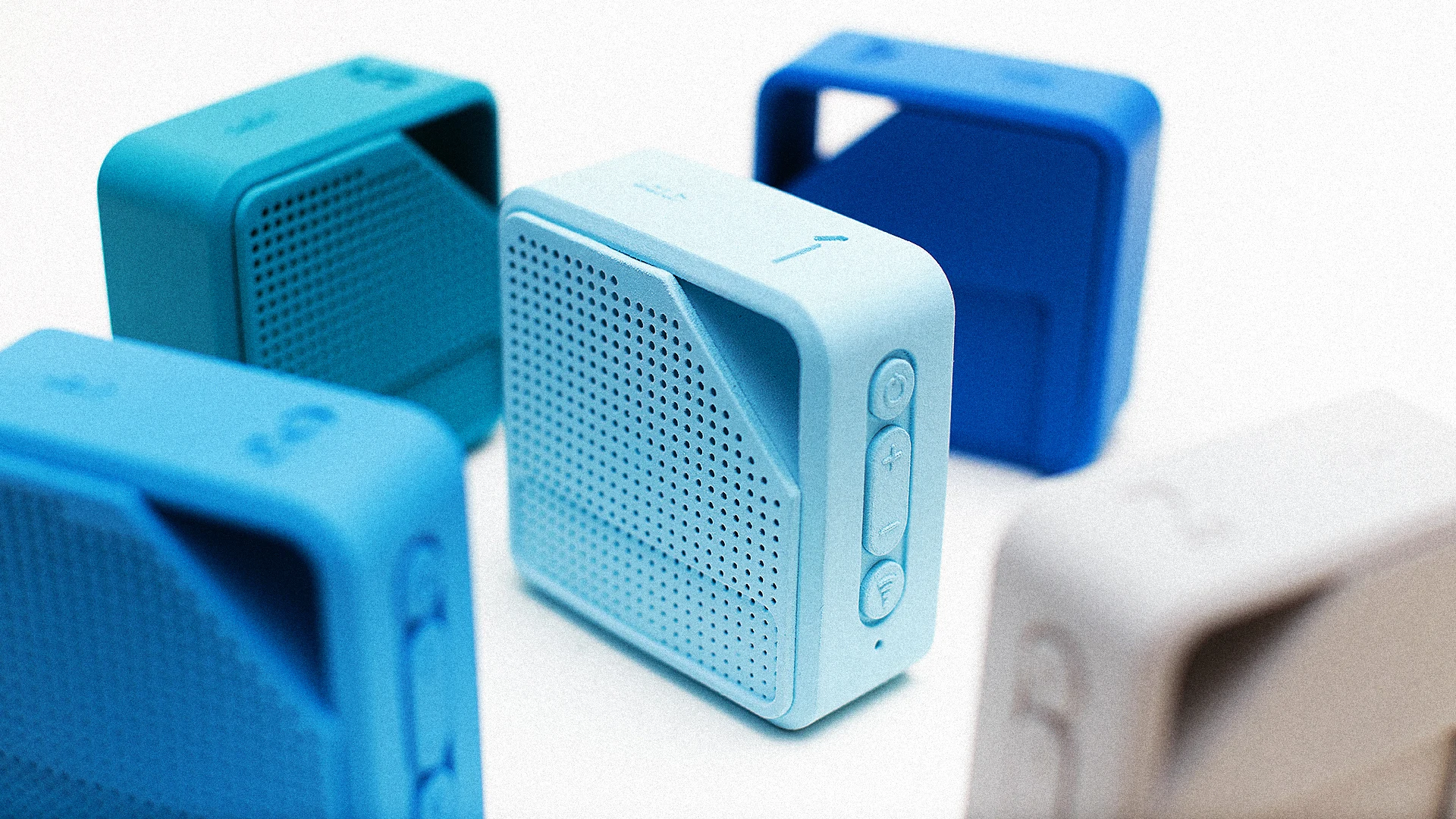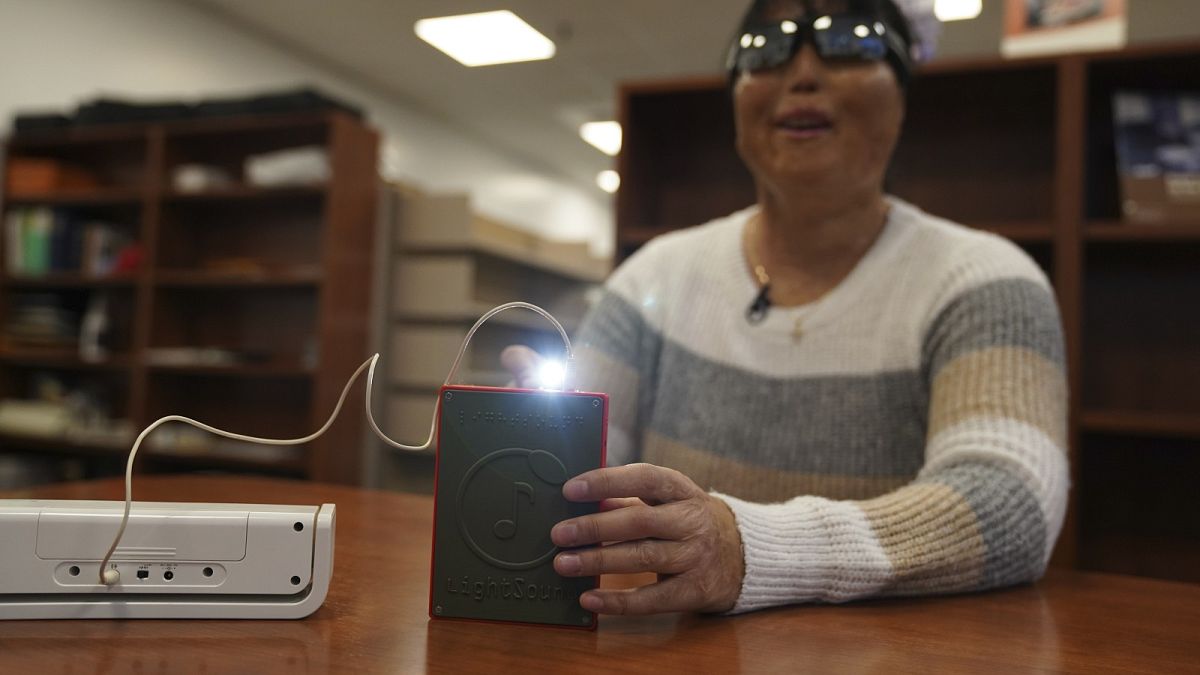Enhancing Lives With Advanced Assistive Instruments for the Blind
The integration of advanced assistive tools for the blind is changing how individuals experience their environments and connect with their neighborhoods. What does this evolution imply for the future of assistive modern technology and its role in equipping people?
Review of Assistive Instruments
Assistive tools for the blind incorporate a diverse series of devices and technologies designed to boost freedom and improve the lifestyle for individuals with visual disabilities. These devices cater to various demands, from navigating and wheelchair to communication and daily task monitoring.
One of the primary classifications of assistive devices consists of flexibility aids, such as white canes and overview pet dogs, which help individuals browse their environments safely. Electronic traveling aids, geared up with sensing units and audio feedback, additionally play a substantial duty in wheelchair improvement.
In addition, devices that aid with daily living activities, such as adaptive kitchen area tools, Braille labels, and chatting watches, encourage people to do jobs separately. Communication aids, consisting of screen readers and Braille screens, facilitate access to information and enable people to involve effectively with the digital globe.
In addition, low-tech services like amplifying glasses and large-print materials continue to be crucial for many individuals. Collectively, these assistive tools serve not only as functional devices but also as vital enablers of autonomy, promoting higher engagement in a globe that commonly focuses on sighted experiences. Their assimilation right into day-to-day live is essential for promoting inclusivity and improving general health for those with visual disabilities.
Ingenious Technologies being used
Advancement in modern technology has actually substantially changed the landscape of devices offered for individuals with aesthetic problems. Among one of the most significant innovations are clever glasses incorporated with increased fact, which offer real-time navigating support and things acknowledgment. These tools take advantage of advanced cams and artificial knowledge to deliver auditory signs, improving the individual's spatial recognition and autonomy.
In addition, mobile applications have become effective resources, allowing users to determine currency, reviewed message aloud, and navigate unknown environments via spoken directions. Devices such as Braille display screens and refreshable Braille tools proceed to evolve, supplying smooth connectivity with smartphones and computers, thus improving interaction and access to details.
Wearable technology, consisting of smartwatches outfitted with voice-activated attributes, even more encourages customers by assisting in quick accessibility to notices and notifies without requiring visual engagement. Responsive maps and 3D printing are additionally obtaining grip, using substantial representations of rooms that aid in alignment and flexibility training.
Jointly, these innovative modern technologies not only improve the every day lives of aesthetically damaged individuals yet additionally foster higher freedom, inclusivity, and interaction with the wider neighborhood, consequently reshaping understandings of access. (Wearable technology for low vision)
Individual Stories of Empowerment
Empowerment typically arises from personal experiences that highlight the transformative effect of technology on individuals with visual impairments. Take, for example, the tale of Sarah, a young artist that regained her enthusiasm for painting with using a wise walking cane outfitted with challenge discovery. This device not just promoted her flexibility but instilled a newly found self-confidence, enabling her to browse public areas individually and seek her creative endeavors.

These narratives highlight the profound impacts that advanced assistive tools can carry day-to-day live. By making it possible for people to get over barriers, technology promotes a sense of autonomy and self-respect. Such empowerment stories work as a testament to the potential of technology, showing how the right devices can dramatically improve lifestyle and open doors to new opportunities for those with aesthetic impairments.
Advantages of Advanced Solutions
Exactly how can advanced options fundamentally improve the lives of individuals with visual impairments? The assimilation of innovative modern technology into assistive tools significantly transforms everyday experiences for those affected by vision loss. These advanced remedies offer extraordinary autonomy, making it possible for individuals to navigate their environments with confidence. Devices such as wise walking canes equipped with sensing units, navigation apps, and wearable modern technology are created to offer real-time comments, improving spatial recognition and minimizing the dangers related to wheelchair.
Additionally, progressed assistive technologies promote social incorporation by facilitating communication and communication. Voice-activated devices and applications permit people to gain access to info and involve with their environments individually, damaging barriers that previously prevented their participation in educational, expert, and social setups.
Additionally, the customization and adaptability of these remedies deal with the varied requirements of users, thereby boosting their total lifestyle. Boosted performance, such as item recognition and text-to-speech capabilities, encourages individuals with visual disabilities to perform jobs that they might have when discovered challenging. Eventually, progressed assistive technologies not only boost self-reliance and security however additionally promote dignity and self-regard, allowing users to lead satisfying lives.
Future Trends in Assistive Tech
As technology remains to evolve, the landscape of assistive tools for the blind is poised for remarkable developments that will further boost availability and self-reliance. Arising patterns in assistive modern technology suggest explanation a change toward raised integration of artificial knowledge (AI) and artificial intelligence, making it possible for gadgets to adjust to specific user requires in real-time. These developments are anticipated to assist in more user-friendly navigation systems that can determine challenges and offer audio feedback, considerably enhancing exterior mobility.
Additionally, the advancement of wearable tech, such as clever glasses furnished with enhanced my website truth, will enable individuals to get contextual info concerning their surroundings, thus improving their spatial awareness. Additionally, improvements in haptic innovation assurance to develop tactile feedback gadgets, allowing customers to view information with touch, enhancing knowing and interaction with their setting.
Telecommunication advancements are additionally paving the means for remote assistance remedies, where experienced specialists can offer support through video clip phone calls, making certain assistance is readily accessible. As these fads unravel, the future of assistive gadgets for the blind will undoubtedly cultivate greater autonomy, encouraging individuals to navigate their world with confidence and convenience.

Verdict
The assimilation of innovative assistive gadgets for the blind represents a considerable development in fostering self-reliance and enhancing lifestyle. By making use of innovative modern technologies, these tools equip customers to navigate their settings with greater confidence and autonomy. As the area remains to advance, ongoing research study and advancement will likely yield even more advanced solutions, further transforming the lived experiences of people with visual problems and promoting a higher feeling of incorporation within culture.
The integration of advanced assistive gadgets for the blind is changing how individuals experience their environments and engage with their neighborhoods. The assimilation of sophisticated technology into assistive gadgets substantially changes day-to-day experiences for those impacted by vision loss.As innovation proceeds to advance, the landscape of assistive devices for the blind is positioned for impressive innovations that will additionally improve ease of access and freedom. Arising trends in assistive technology suggest a change towards enhanced integration of synthetic knowledge (AI) and maker discovering, enabling gadgets to adapt to private user requires in real-time.The combination of advanced assistive devices vision care for the blind represents a significant advancement in fostering independence and enhancing top quality of life.